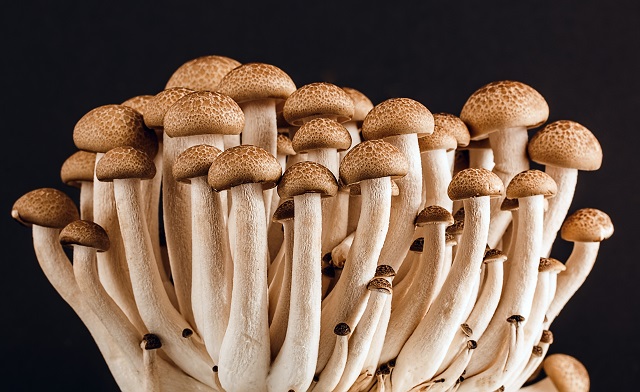Posted: Dec 13, 2022

Applications for mycelium are mushrooming across the food and beverage landscape. The root structure of fungi is gaining momentum as a high-protein ingredient in meat alternatives, animal-free dairy products and more. Mycelial fermentation is also serving as a processing tool and production vehicle, offering solutions to a growing number of formulation challenges.
In nature, mycelium spreads quickly and resiliently underground for acres and even miles. As it grows, it assembles a network of branching thread-like fibers that provide the stability needed for mushrooms to sprout and stem. It also grows rapidly when cultivated indoors, developing from a small speck to a thin sheet to a large slab weighing several pounds in around a week.
Several startups are using those slabs to create whole-cut meat alternatives. Mycelium-based cutlets from Meati Foods were named one of the top innovations of 2022 by Time magazine. The chicken analog appeared on the publication’s annual “Best Inventions” list alongside MyBacon from MyForest Foods, which is nearly 100% mushroom root.
Bacon is just one area of focus for Prime Roots. The Berkeley, Calif.-based startup has replicated multiple animal products using mycelium.
Prime Roots cultivates mycelium from koji, a Japanese fungus traditionally used to make sake and soy sauce, in large tanks, adding sugar and other nutrients to help it grow. The result is a neutral tasting and protein-rich material with a texture that closely resembles the dense structure of animal muscle.
By Sam Danley
Source and Complete Article: foodbusinessnews.com
Date: December 12, 2022
Go-Wine's mission is to organize food and beverage information and make it universally accessible and beneficial. These are the benefits of sharing your article in Go-Wine.com